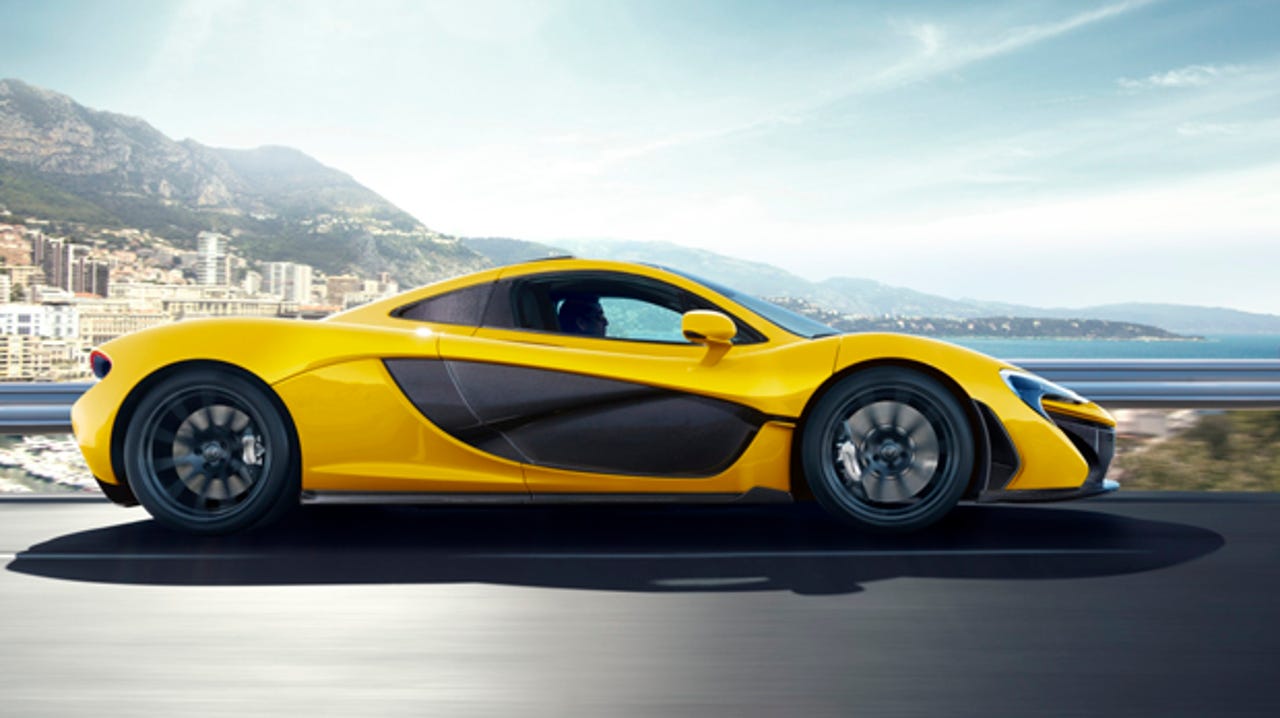McLaren CIO: How we're working with big data


ORLANDO—Stuart Birrell, chief information officer of Britain's McLaren Group, stopped by SAP's annual Sapphire Now conference this afternoon to explain how his company was working with big data.
The company—known for its wildly successful Formula One racing team as well as the million-dollar consumer cars it makes for well-heeled speed demons, though it also has businesses making electronic systems and applying F1 tech to other uses—has "been working in data for a long time," Birrell said.
At McLaren Electronic Systems, the company has been engaged in telemetry, from real time data systems in the Bay Area Rapid Transit network to advanced monitoring for healthcare applications.
"To actually measure the human physiology side of life," Birrell said. "Getting that type of data is important for doctors, trainers and the players themselves to understand what's going on."
"That core [F1] knowledge is applicable to all walks of life," he added.
At McLaren Applied Technologies, the company has been engaged in finding new ways to apply F1-tested manufacturing technology to new products, such as a Specialized-branded bicycle called the "Venge" that uses McLaren's structural techniques—lightweighting, aerodynamics, stiffness—to create the world's fastest bike allowed by the Union Cycliste Internationale, the world governing body for the sport.
"It gives genuine performance benefits," Birrell said.
And then there's McLaren Racing, the gold medal-studded group that makes or breaks the conglomerate's name every F1 season.
"Big data is the core area we're working with," Birrel said. Each racecar is fitted with 160 sensors that generate one gigabyte of raw data during a race. That data is then streamed live into the garage, for use during the race, as well as back to a McLaren technology center for analysis, strategy and diagnostics.
The company's been using SAP's HANA to cross-reference real-time telemetry data with historical data—because with the same 19 tracks each racing season, there's a lot of data to be compared.
"One of the challenges is that sheer volume of data, and getting that to our engineers," Birrell said.
McLaren wants to anticipate the questions that its F1 engineers will ask. "Give these guys who are naturally and inquisitive the ability to ask questions that we in IT would have never predicted," Birrell said.
And then there's the cars themselves, which are almost completely replaced every season.
"Every year, we build a ground-new car from the ground up," Birrell said. "There's about five percent in carried-over parts."
At McLaren, modeling is informed by subsequent fluid dynamics, which is then informed by subsequent wind tunnel tests, which is then informed by subsequent test track activity. (The car is fitted with some 300 sensors.) It's a data-driven feedback loop.
"So we have a very predictable route," Birrell said. "As we change something, we know with a good degree of certainty what will happen."
During racing season, "every 20 minutes, 24 hours a day, seven days a week, we will change something on the car," Birrell said. As the racing season proceeds, McLaren builds next year's new, improved car in parallel with running (and winning with) this year's.
Still, "we're quite early in the usage of this," Birrell warns. Today, the company's biggest big data win is speed and micro adjustments: if a winning car starts acting differently, for example, McLaren can more quickly find and correct the problem.
But give the company a year. Then it will really be in pole position when it comes to leveraging data. "The engineers, the key users of this, are really just working out now [what they can do with this]," Birrell said.